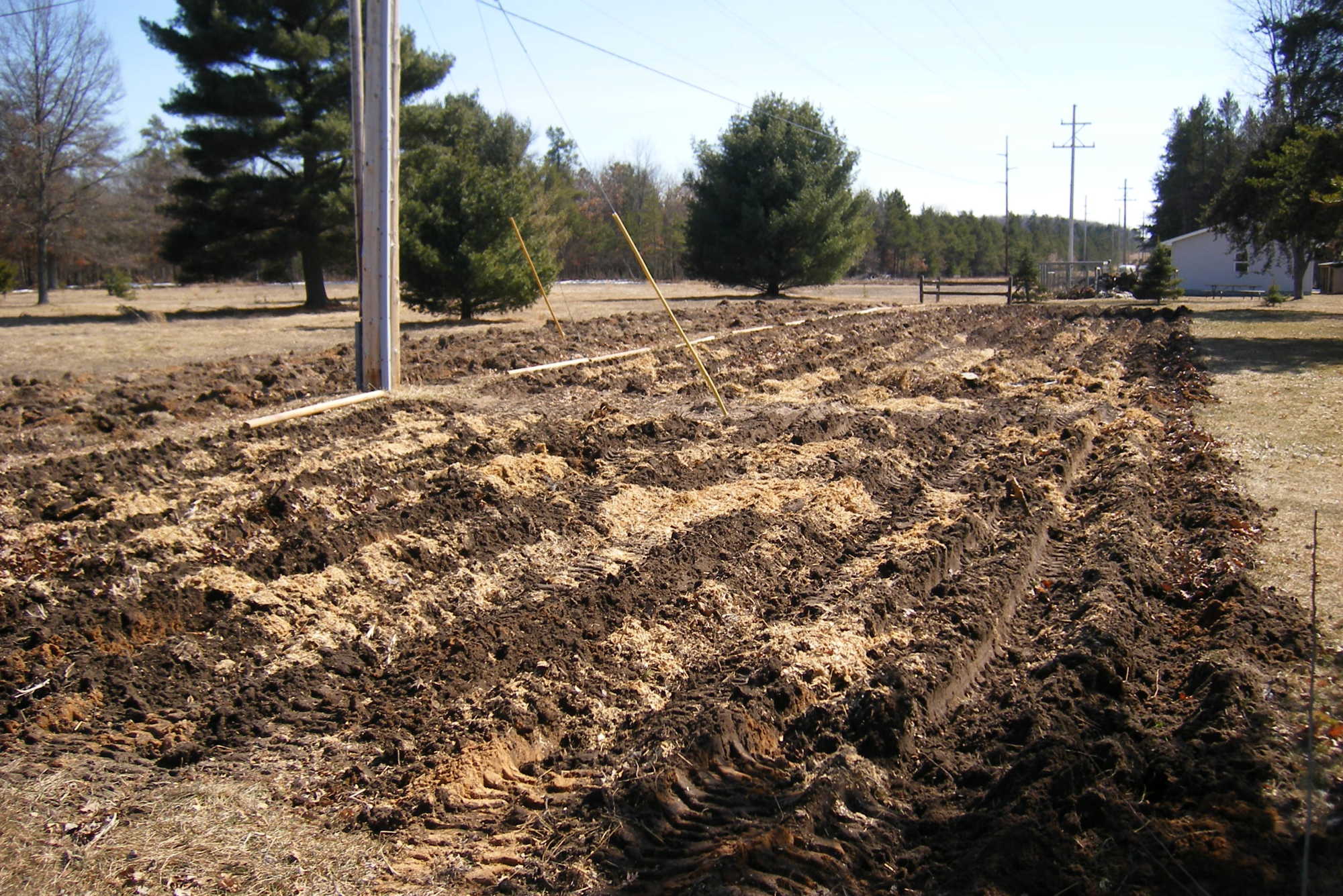Again, please read the University Ag Extension guidelines posted above and do the counting of days for yourself, since everyone's growing zone is different.
If you intend to plant, compost containing raw manure, or raw manure itself, should cease being applied once you approach your date. This applies particularly to ground and ground contact vegetables, as these are most susceptible. If you are within 60 days of planting such crops, safe practices call for a cessation of applying raw manure and that would also extend to compost still containing raw manure.
Once we hit this cessation date, all manure and composting becomes NEXT year's composting material.
If you intend to plant, compost containing raw manure, or raw manure itself, should cease being applied once you approach your date. This applies particularly to ground and ground contact vegetables, as these are most susceptible. If you are within 60 days of planting such crops, safe practices call for a cessation of applying raw manure and that would also extend to compost still containing raw manure.
Once we hit this cessation date, all manure and composting becomes NEXT year's composting material.
Last edited:




